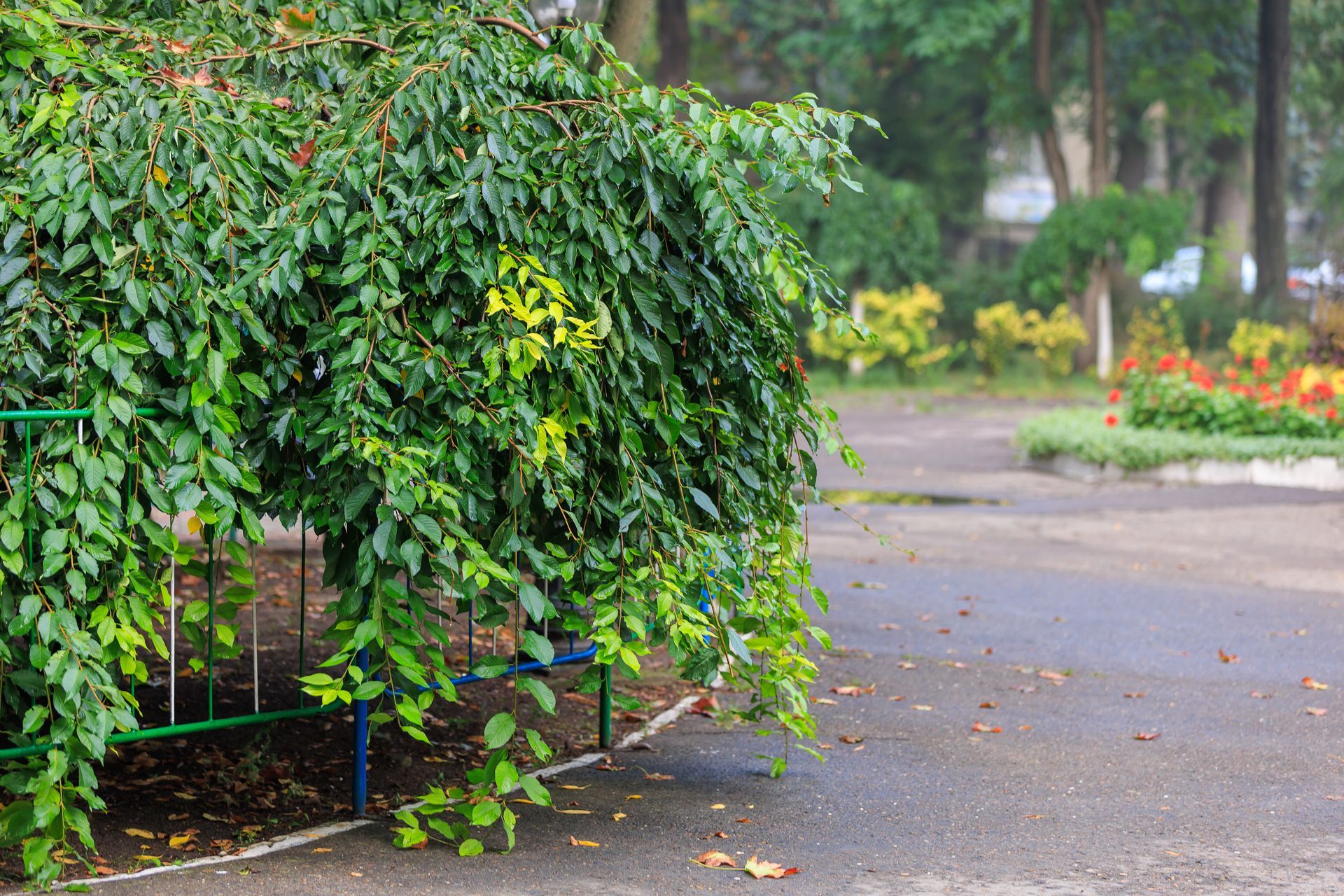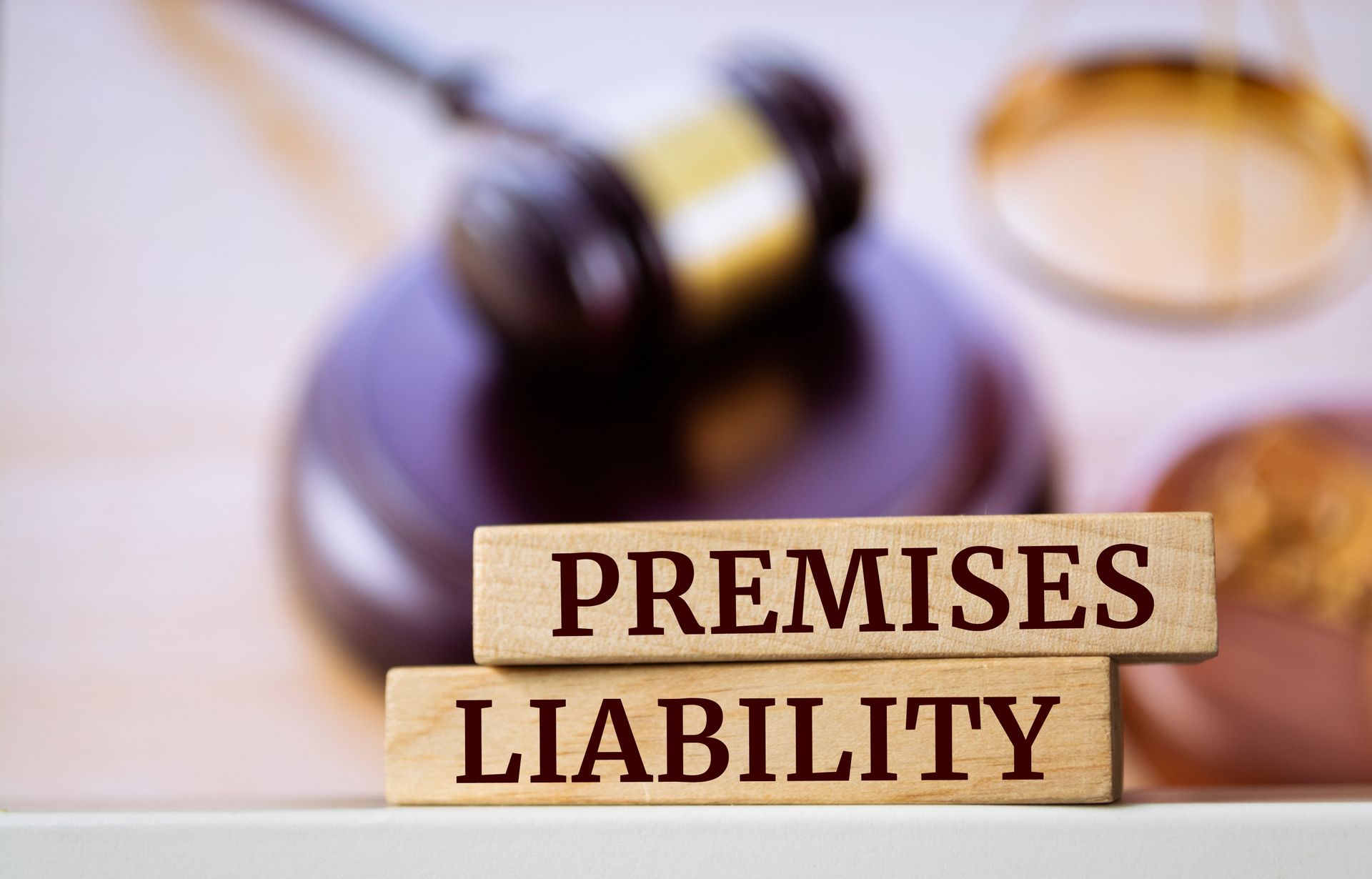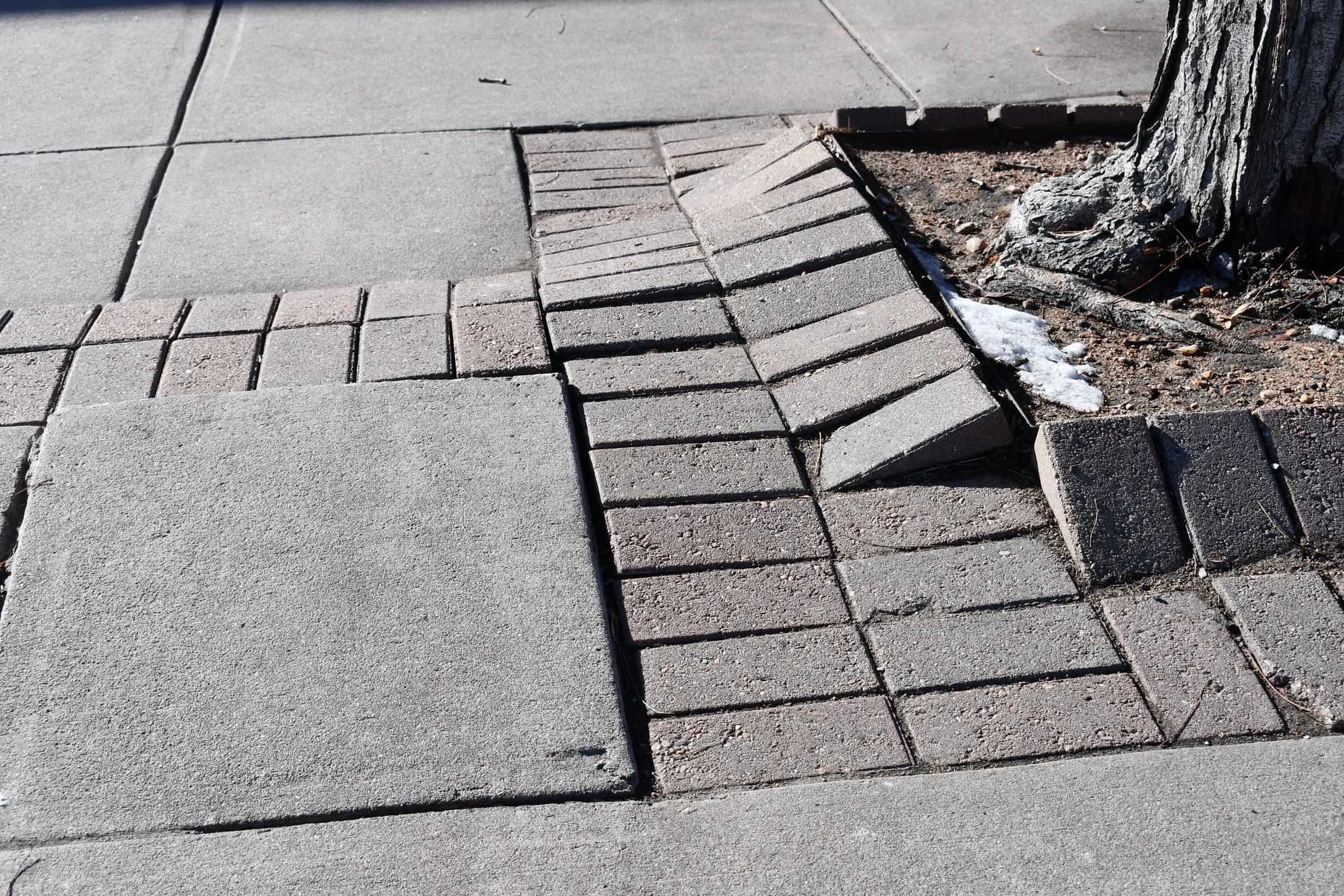How to Report Trees, Bushes, and Shrubs as Premises Liability Issues
When Overgrown Landscaping Becomes a Safety Hazard:
Know Your Rights and How to Take Action

Have you ever stumbled over an overgrown bush, found it hard to see around a large tree, or had your view blocked by dense shrubs? These common landscaping issues can create serious hazards. When trees, bushes, or shrubs are not properly maintained, they can lead to accidents or injuries, which could result in a premises liability claim.
In this blog, we’ll explore how trees, bushes, and shrubs can become a premises liability concern, how to identify them as safety risks, and the steps you can take to report them. Addressing these hazards promptly is essential to ensuring everyone’s safety in shared spaces.
How Trees, Bushes, and Shrubs Can Become Liability Issues
These common types of landscaping can present several hazards if not maintained properly:
- Tripping Hazards: Overgrown trees, bushes, or shrubs can cause branches or roots to extend onto walkways, sidewalks, and driveways. This can create tripping hazards for pedestrians, especially during the night or in poor visibility conditions.
- Obstructed Visibility: Trees, large shrubs, and bushes can block the line of sight for both drivers and pedestrians. This can lead to accidents when someone is unable to see an oncoming vehicle or another person because of these obstructions, particularly at intersections or crosswalks.
- Overgrowth and Structural Damage: Unchecked growth from trees or shrubs can interfere with structures such as fences, power lines, or foundations. This can cause physical damage or lead to further hazards, such as electrical issues or falling branches.
- Attractive Nuisance: Overgrown landscaping may attract children or animals to climb or play in unsafe areas, increasing the risk of accidents or injuries.

Why It’s Important to Address Tree, Bush, and Shrub Hazards
Reporting unsafe landscaping is crucial for preventing injuries and ensuring the safety of others. Premises liability laws hold property owners accountable for maintaining a safe environment, and addressing issues with trees, bushes, and shrubs helps avoid accidents.
If an injury occurs because of unsafe landscaping and the property owner was negligent, they could be held responsible through a premises liability lawsuit. In more severe cases, such as accidents leading to death, the issue could escalate into more serious legal matters, including charges like manslaughter.
Trees, bushes, and shrubs are beautiful additions to any property, but if left unchecked, they can present serious hazards. Ensuring these elements are properly maintained is key to preventing accidents and keeping both pedestrians and drivers safe. Take action if you spot overgrown landscaping that could lead to harm. Reporting these hazards helps reduce risks and promotes a safer environment for everyone.
If you or someone you know has been injured due to overgrown trees, bushes, or shrubs, contact us today for assistance. We can help guide you through the next steps and ensure your safety concerns are addressed. Stay safe and protect your surroundings!


